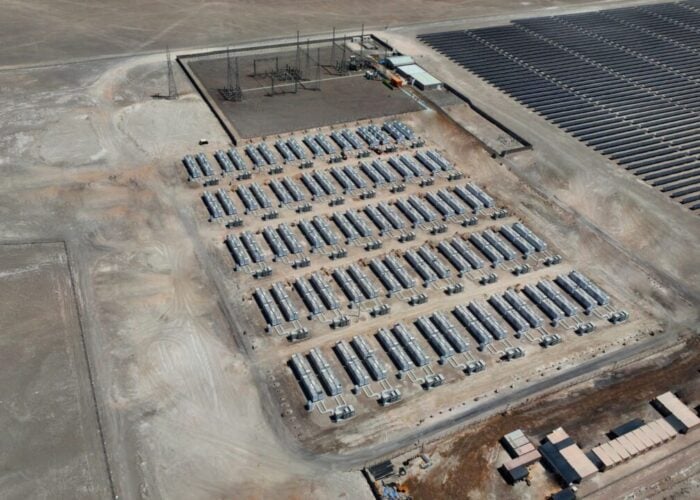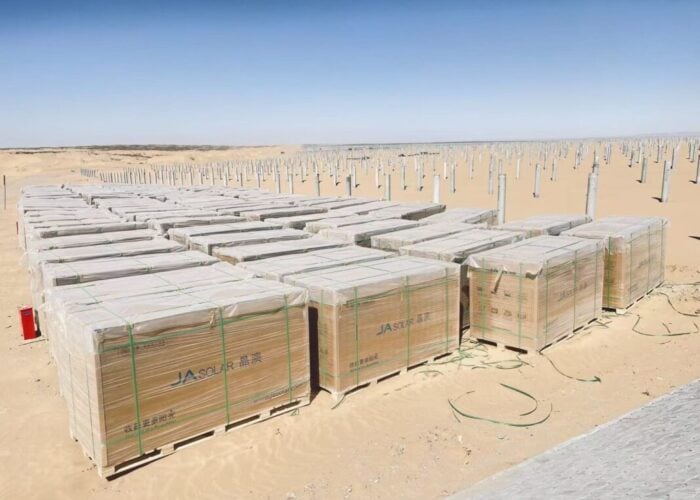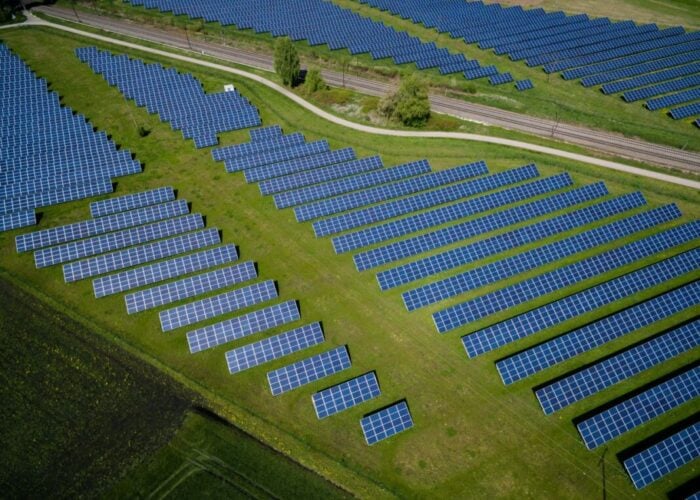The UK Department of Energy and Climate Change (DECC) has said it will not review the country’s Renewable Obligation Certificate (ROC) bandings again before the scheme’s expiration in 2017.
The scheme will cut support for ground-mounted solar from 1.6ROCs MWh to 1.4 at the end of this month with cuts to 1.3 and 1.2 following in each subsequent year.
Unlock unlimited access for 12 whole months of distinctive global analysis
Photovoltaics International is now included.
- Regular insight and analysis of the industry’s biggest developments
- In-depth interviews with the industry’s leading figures
- Unlimited digital access to the PV Tech Power journal catalogue
- Unlimited digital access to the Photovoltaics International journal catalogue
- Access to more than 1,000 technical papers
- Discounts on Solar Media’s portfolio of events, in-person and virtual
Or continue reading this article for free
In a written answer, energy minister Michael Fallon said: “There is no further comprehensive banding review planned for the Renewables Obligation (RO) scheme before it closes to new generation on 31 March 2017.
“Support for large-scale onshore wind generating stations was reduced by 10% from 1 April 2013 following the last comprehensive review of RO banded support. This review, which reported in July 2012, set support rates for 2013-17,” the statement continued.
“UK onshore wind costs were further examined during the call for evidence on onshore wind. The results were published on 6 June 20131 and confirmed that RO support for onshore wind would be maintained at the levels set through the banding review.”
The minister also claimed that the eventual switch to contracts for difference (CfD), which will be mandatory from 2017, would improve on the ROC system. CfDs will set strike prices for power produced that will guarantee a minimum payment.
“Under the CfD, it is our intention that established technologies (such as onshore wind) will have to compete on price in an auction in order to secure a contract for support. This means that only the most cost-effective projects will be built and will represent better value for money for bill-payers, while continuing to deliver the investment we need in secure, low-carbon electricity generation,” said Fallon.
Solar PV has been classified as a mature technology, despite the continuing fall in costs, and will compete directly with onshore wind under the CfD mechanism.
The UK large-scale market has blossomed in the past two years. This quarter it is expected to install more than Germany as projects rush to qualify for the 1.6ROC support.







